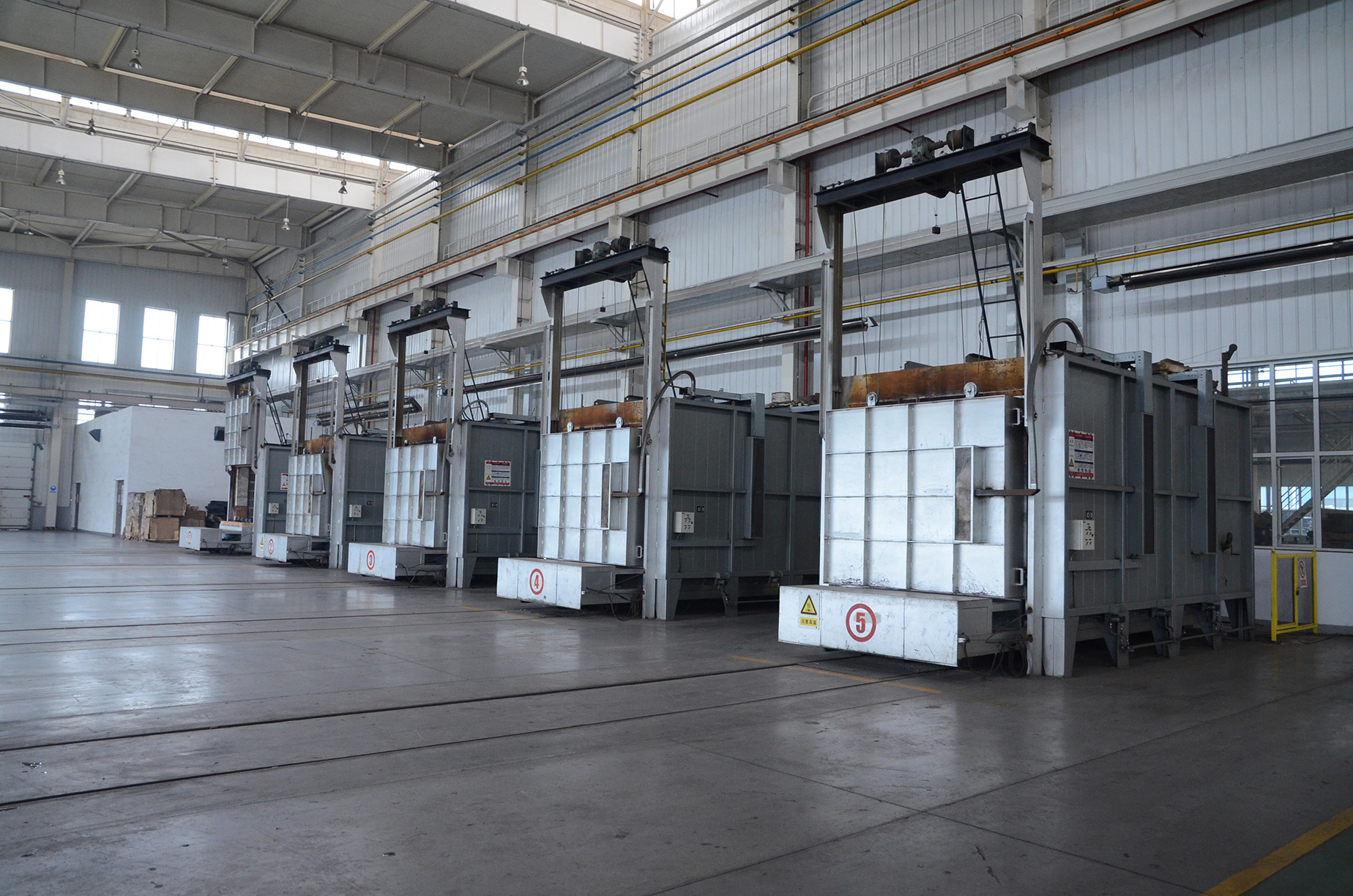- Afrikaans
- Albanian
- Amharic
- Arabic
- Armenian
- Azerbaijani
- Basque
- Belarusian
- Bengali
- Bosnian
- Bulgarian
- Catalan
- Cebuano
- China
- China (Taiwan)
- Corsican
- Croatian
- Czech
- Danish
- Dutch
- English
- Esperanto
- Estonian
- Finnish
- French
- Frisian
- Galician
- Georgian
- German
- Greek
- Gujarati
- Haitian Creole
- hausa
- hawaiian
- Hebrew
- Hindi
- Miao
- Hungarian
- Icelandic
- igbo
- Indonesian
- irish
- Italian
- Japanese
- Javanese
- Kannada
- kazakh
- Khmer
- Rwandese
- Korean
- Kurdish
- Kyrgyz
- Lao
- Latin
- Latvian
- Lithuanian
- Luxembourgish
- Macedonian
- Malgashi
- Malay
- Malayalam
- Maltese
- Maori
- Marathi
- Mongolian
- Myanmar
- Nepali
- Norwegian
- Norwegian
- Occitan
- Pashto
- Persian
- Polish
- Portuguese
- Punjabi
- Romanian
- Russian
- Samoan
- Scottish Gaelic
- Serbian
- Sesotho
- Shona
- Sindhi
- Sinhala
- Slovak
- Slovenian
- Somali
- Spanish
- Sundanese
- Swahili
- Swedish
- Tagalog
- Tajik
- Tamil
- Tatar
- Telugu
- Thai
- Turkish
- Turkmen
- Ukrainian
- Urdu
- Uighur
- Uzbek
- Vietnamese
- Welsh
- Bantu
- Yiddish
- Yoruba
- Zulu
Aug . 09, 2024 02:50 Back to list
Exploring the Benefits and Applications of OEM Investment Casting in Modern Manufacturing Processes
Understanding OEM Investment Casting A Comprehensive Overview
In the world of manufacturing, precision and efficiency are paramount. One of the most effective methods that has emerged in recent years is Investment Casting, particularly in the context of Original Equipment Manufacturer (OEM) processes. This technique not only allows for the production of highly intricate parts but also significantly streamlines the manufacturing workflow.
What is Investment Casting?
Investment casting, often referred to as lost-wax casting, is a manufacturing process that involves creating a wax pattern, coating it with a ceramic shell, and then pouring molten metal into the shell to create a part. This method is favored for its ability to produce complex geometries with excellent surface finishes. The process begins by creating a detailed wax mold from which the final product will derive; this mold captures every intricacy of the desired shape.
Once the molds are prepared, they undergo a heating process that melts and drains the wax, leaving behind a cavity that mirrors the original design. Following this, molten metal is poured into the cavity, solidifying into the desired components once cooled. The completed parts require minimal machining, reducing production time and costs while maintaining high tolerances.
The Role of OEM in Investment Casting
Original Equipment Manufacturers play a crucial role in the investment casting process, particularly for companies producing components for specific industries such as automotive, aerospace, medical devices, and more. OEMs often collaborate with casting foundries to develop tailored solutions that meet the unique demands of their clients. This partnership enables the design of specialized components that can improve product performance, reduce weight, or enhance safety features.
oem nvestment casting

OEMs benefit from investment casting in several ways. First, the process is incredibly versatile, allowing them to produce both small and large quantities of parts, which is essential for companies with variable production needs. Second, investment casting can accommodate a wide range of materials, including stainless steel, aluminum, brass, and more. This material versatility means that OEMs can select the optimal metal for their specific application, catering to different strength, corrosion resistance, and thermal properties.
Advantages of Investment Casting for OEMs
Investment casting offers numerous advantages for OEMs. Among these is the ability to achieve highly complex geometries that would be challenging or impossible to produce with other manufacturing techniques. This capability not only allows for more innovative product designs but also enables the integration of multiple components into a single piece, simplifying assembly and reducing potential failure points.
Additionally, investment casting typically results in superior surface finishes, which can reduce the need for subsequent machining operations. This efficiency leads to shorter lead times and lower production costs—critical factors for competitive manufacturers. The process also boasts excellent dimensional accuracy, ensuring that components meet specified tolerances crucial in high-risk industries like aerospace and medical.
Conclusion
As industries continue to demand greater precision and efficiency, OEM investment casting stands out as a vital manufacturing solution. Its ability to produce complex, high-quality components while minimizing waste and production time makes it an attractive option for OEMs and their clients alike. By leveraging the advantages of investment casting, manufacturers can enhance their product offerings, streamline their production processes, and maintain a competitive edge in an increasingly dynamic market. In summary, investment casting not only embodies the principles of modern manufacturing but also paves the way for innovations that will shape the future of various industries.
-
Premium Cast Iron Water Main Pipe: Durable, Corrosion-Resistant
NewsAug.03,2025
-
Durable Cast Iron Water Mains | AI-Optimized Systems
NewsAug.02,2025
-
High-Efficiency Propane Boiler for Baseboard Heat | Save Energy
NewsAug.01,2025
-
Premium Source Suppliers for Various Gray Iron Castings
NewsJul.31,2025
-
Durable Cast Iron Water Main Pipes | Long-Lasting
NewsJul.31,2025
-
High-Quality Cast Iron Water Main Pipe for Durable Infrastructure
NewsJul.30,2025


